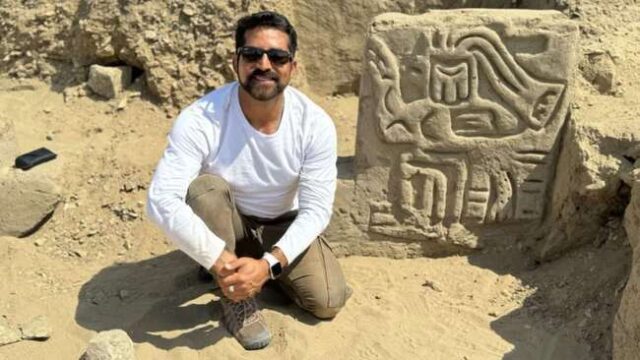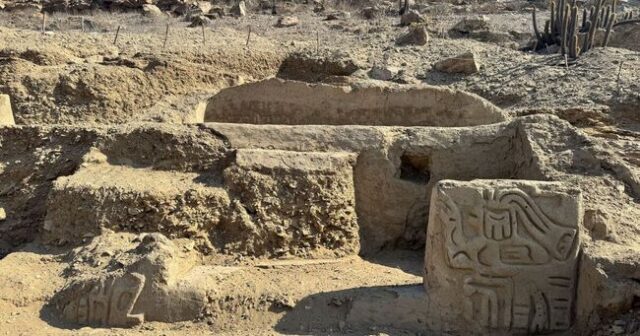
Archaeologists have unearthed an ancient temple and theater complex in the northern Peruvian town of Zaña, dating back an astonishing 4,000 years, making it one of the oldest known structures in Peru made by man. The discovery was made following reports of looting at the site called La Otra Banda/Cerro Las Animas, prompting a collaborative excavation effort by the Field Museum of Chicago and Peruvian institutions. Just six feet beneath the surface, the team uncovered mud and clay walls extending 33 feet, revealing what appeared to be a theater complete with a backstage area and staircases leading to a raised platform. Luis Muro Ynoñán, the lead research scientist from the Field Museum, expressed amazement at how such ancient structures lay so close to the modern surface, suggesting their use for ritual performances in front of select audiences.

This significant archaeological find, featuring carved stone slabs with intricate bird designs typical of the ‘Initial Period’ (2000-900 BCE), predates the Inca civilization and even the creators of the Nazca Lines. The discovery also included large murals painted on the temple walls, with pigment samples collected for precise dating through radiocarbon methods. This ancient theater could represent the early roots of organized religion on a societal scale, aligning with recent theories that religion and ceremony, rather than agriculture, may have been the initial catalysts for developing complex societies. This idea parallels discoveries like Gobeklitepe in Turkey, suggesting that communal religious activities played a crucial role in the evolution of early human civilizations.














